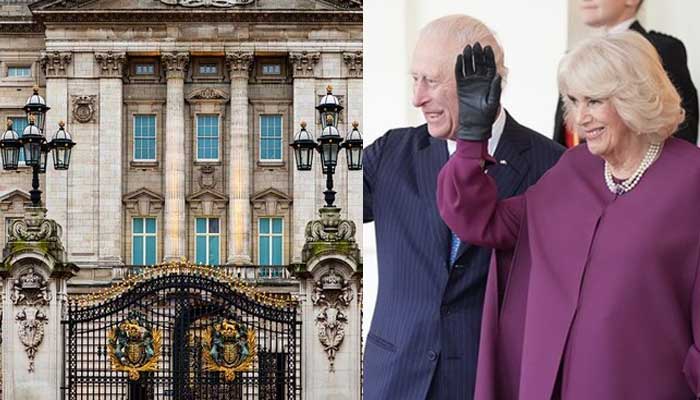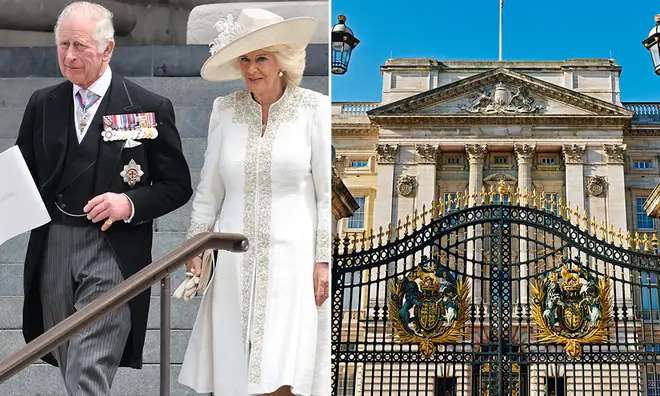Camilla’s Rapid Reign: How She Erased Queen Elizabeth’s Legacy Within Weeks

Only one month after Queen Elizabeth II’s passing, Queen Consort Camilla took swift and decisive action to reshape Buckingham Palace—and with it, the very legacy of the late Queen. Far from a period of respectful mourning, insiders reveal that Camilla moved quickly to modernize the palace décor, replace key royal staff, and dismantle traditions dear to Elizabeth’s reign.
A Palace Transformed Overnight
The changes were striking and immediate. Within weeks, the palace’s classic furnishings—those iconic pieces that had witnessed decades of royal history—were removed or replaced with sleek, modern designsreflecting Camilla’s personal taste. Sources say the atmosphere shifted palpably, with many senior officials who had loyally served Queen Elizabeth being dismissed or replaced by individuals from Camilla’s inner circle.
This consolidation of power marked a significant break from Elizabeth’s era, signaling that the palace was entering a new chapter—one controlled firmly by Camilla.
Erasing Tradition: The End of an Era
Perhaps more controversial than the interior redesigns was Camilla’s decision to alter or cancel long-standing royal traditions, especially those closely associated with Queen Elizabeth. Among the most notable was the cancellation of the Queen’s beloved horse racing events.
Just weeks after the funeral, Camilla announced the sale of more than 10 royal horses, including two that had famously secured Elizabeth’s final victories on the racecourse. The horses held immense sentimental value, symbolizing decades of dedication and royal heritage. Yet, the focus appeared less on tradition and more on financial gain.
Profit Over Legacy?
Critics argue that Camilla seemed more concerned with the profit potential of the royal assets than preserving Elizabeth’s legacy. The sale of cherished horses, combined with the overhaul of palace aesthetics and staff, painted a picture of a new regime eager to stamp its own identity—regardless of public sentiment.
Royal commentators warn this approach risks alienating loyalists who revere Elizabeth’s memory and the traditions she upheld.
What This Means for the Monarchy
These moves suggest that Camilla is not just a passive consort but a power player reshaping the monarchy’s image and priorities. While some admire her for modernizing the royal household, others see it as a ruthless sidelining of the late Queen’s enduring influence.
The true test will come as the monarchy adapts to this new era—whether Camilla’s changes will be embraced or rejected by both the family and the public.
